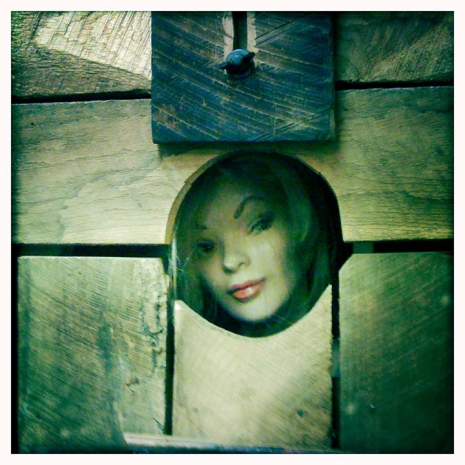“Too big a sport. Talks too much.” Chap Records – The Dating App of 1908.
Happy Valentines, lovers!
From Atlas Obscura,
Chap Records Were Basically Yelp for 1900s Eligible Bachelorettes
The books helped women keep track of—and review—their suitors.
by Rick Paulas
“After a second date in 1908 with a suitor named Ray Smith, Carol Pardee, the privileged granddaughter of Oakland mayor Enoch Pardee, took out her notebook and, with careless spelling, wrote her opinion about the boy: “To big a sport. Talks to much.”
Later in the year, she met Frank Haudel. Verdict: “[t]oo dirty. Teeth are green.” On January 16th, 1911, after a date with Wyman Smith from Sacramento, she wrote a one-word summary of the courter: “FOOL.”
These pithy reviews—others range from “dandy” to “tiresome” to the frequently used single-word dismissal of “mutt”—are still on display at The Pardee House museum in Oakland in Carol Pardee’s Chap Record, a small volume bound in green and gold with a dapper gentlemen doffing a hat on the cover.
The Chap Record was a mostly blank book with sections to be filled out by the “girl of the period”—things like Name, Date, Place, and Opinion. In the front was a section for the Twelve Most Notable Chaps. Published by the Frederick A. Stokes Company in 1898, it sold for a dollar…”
For the rest, click here.
Share


